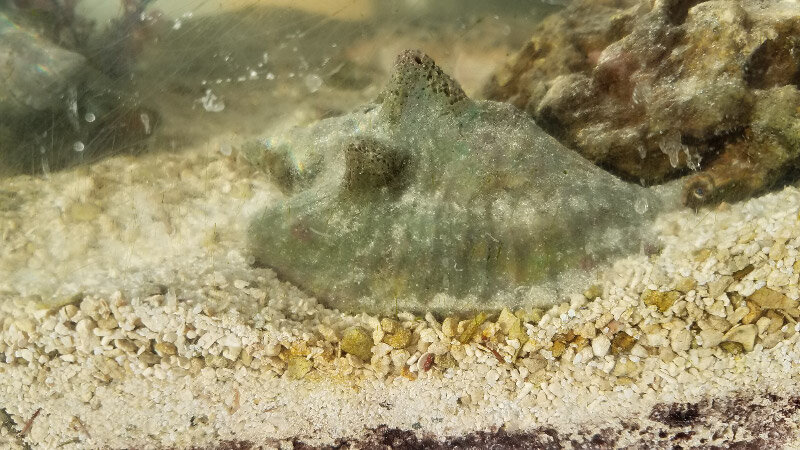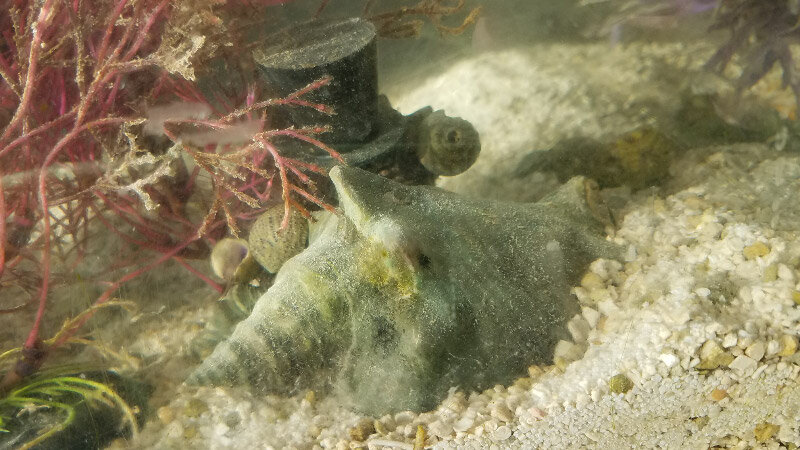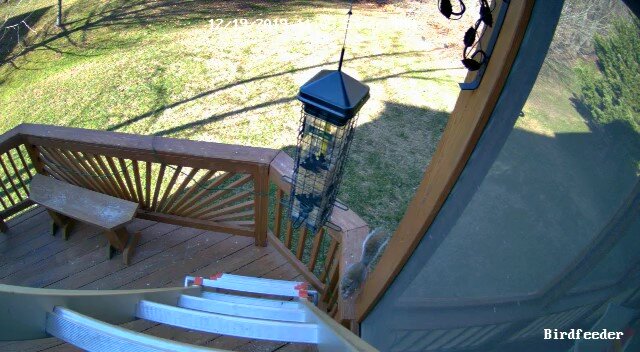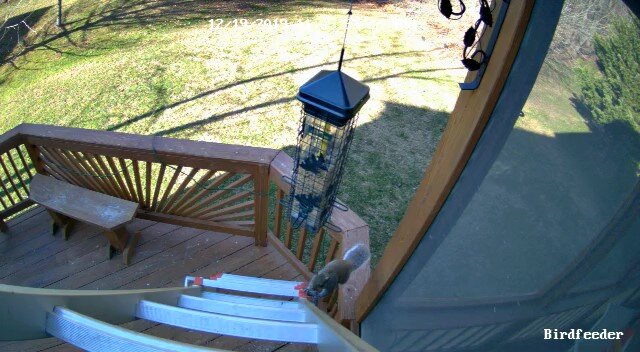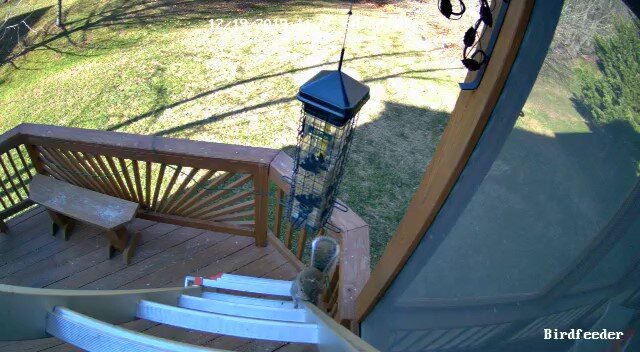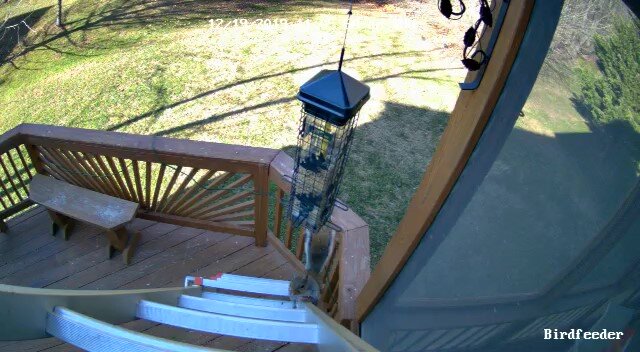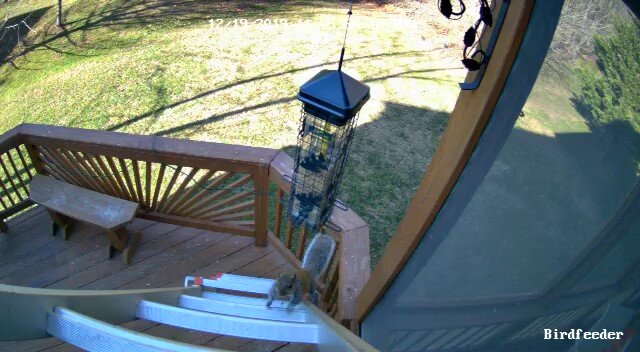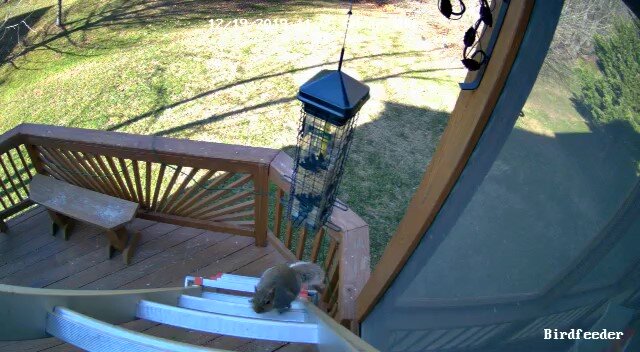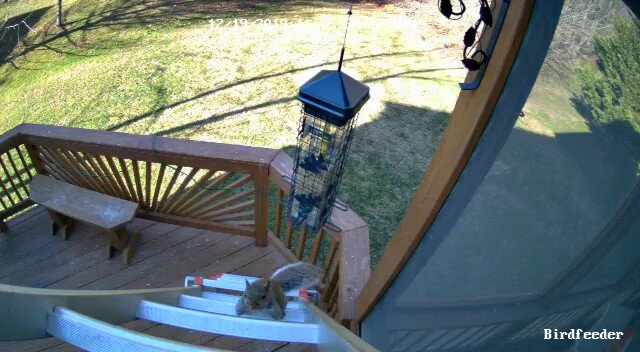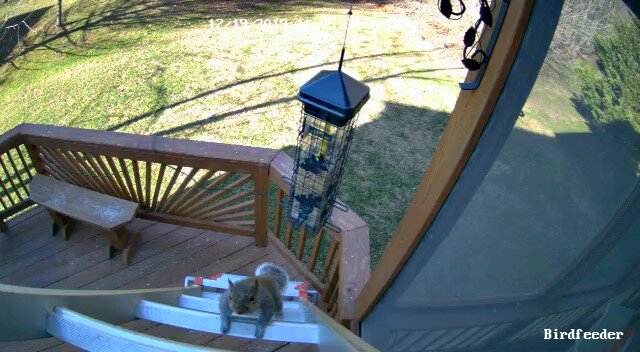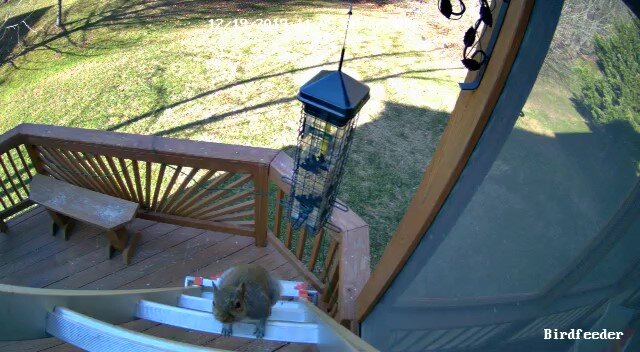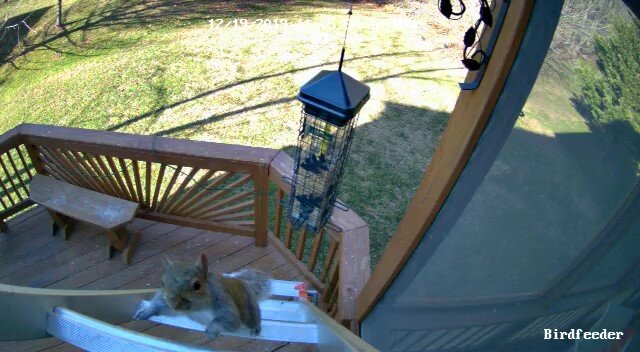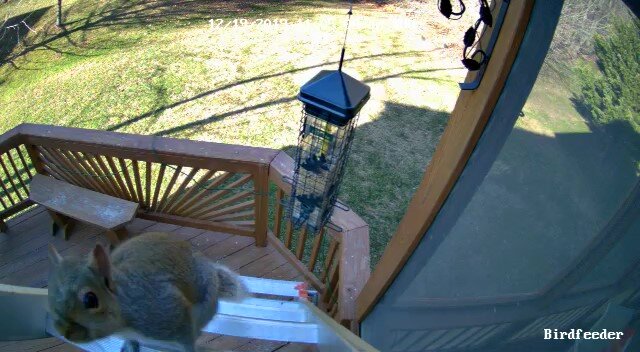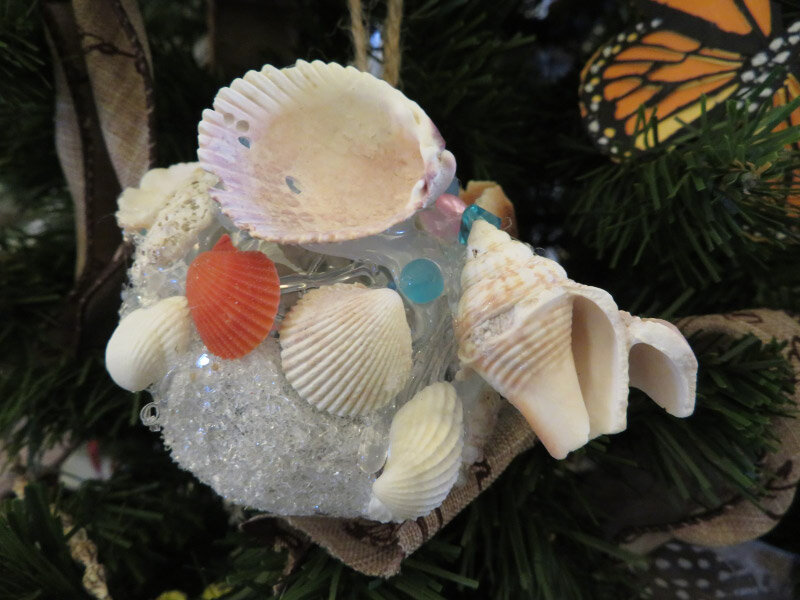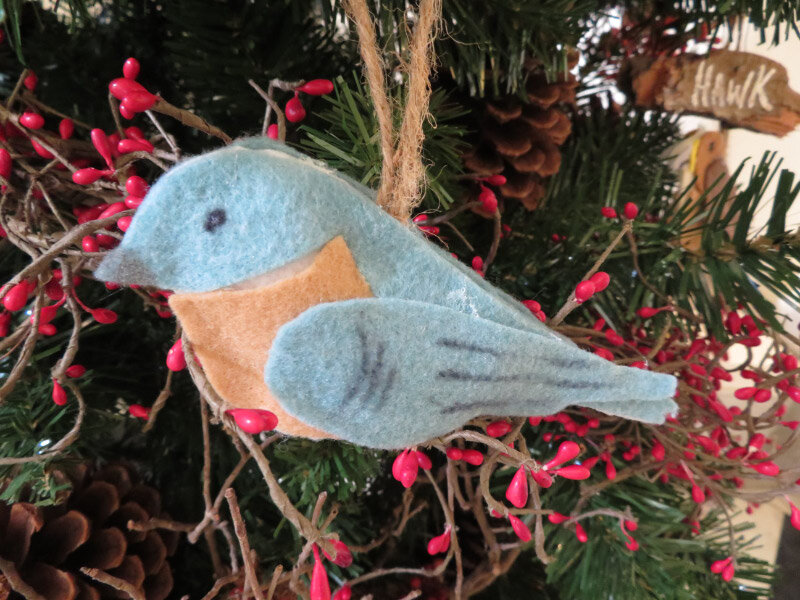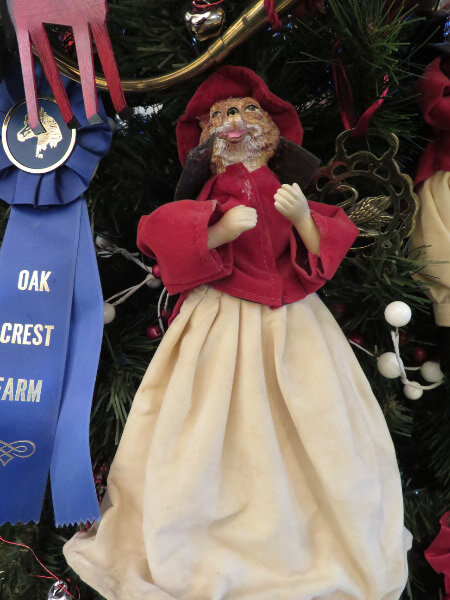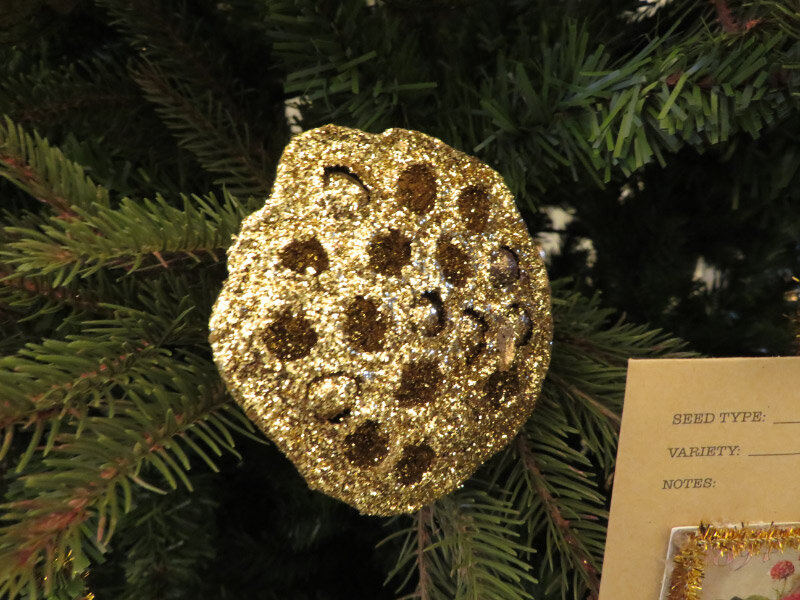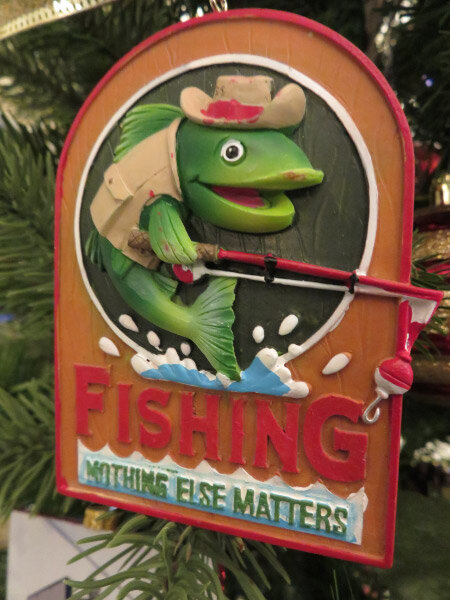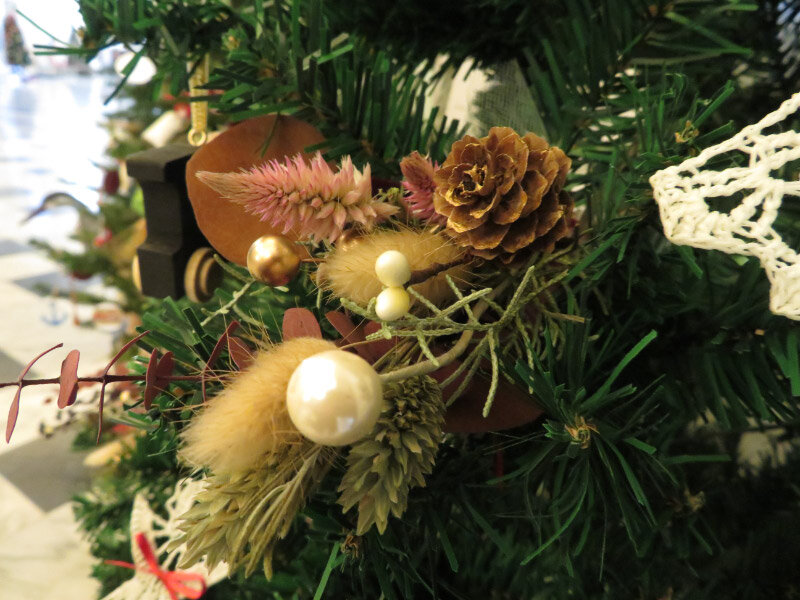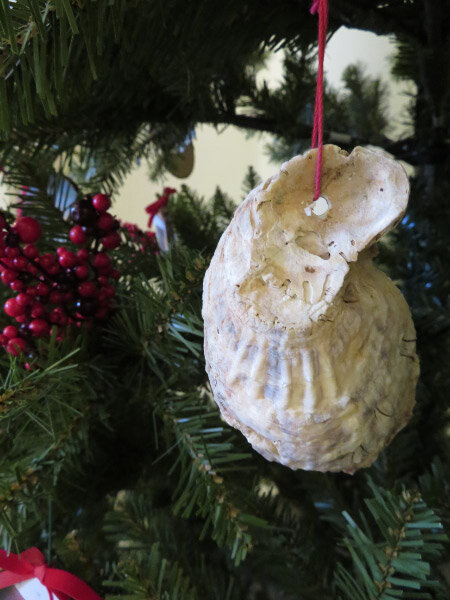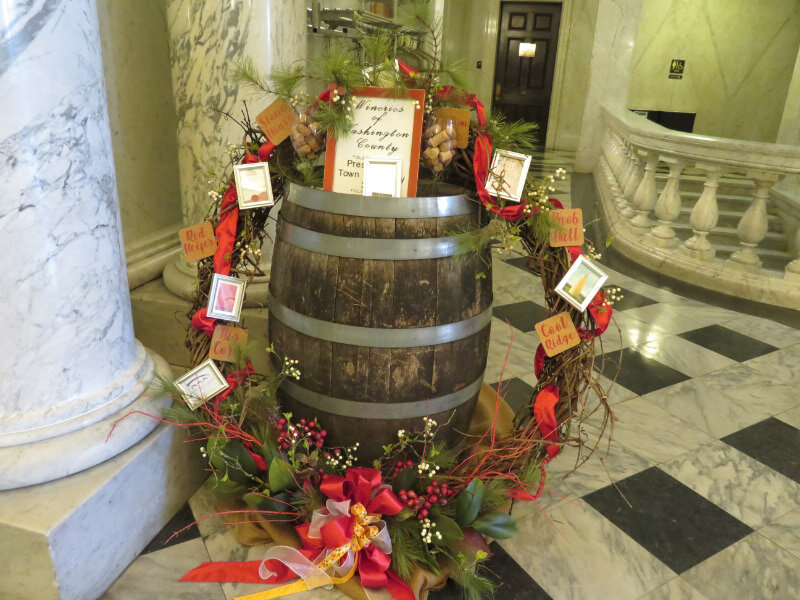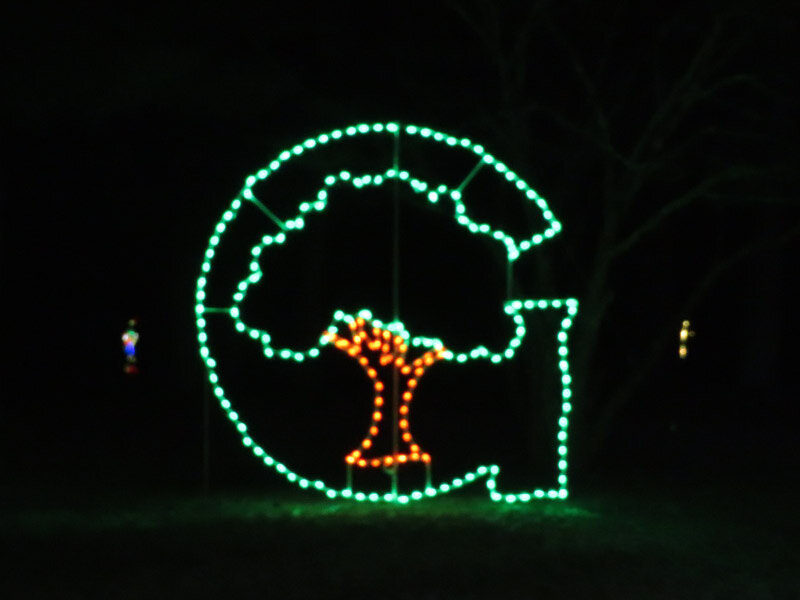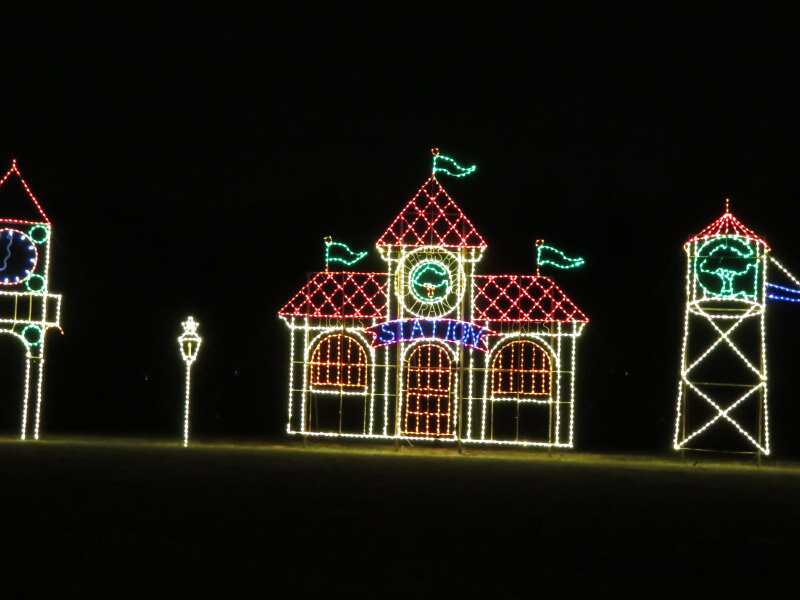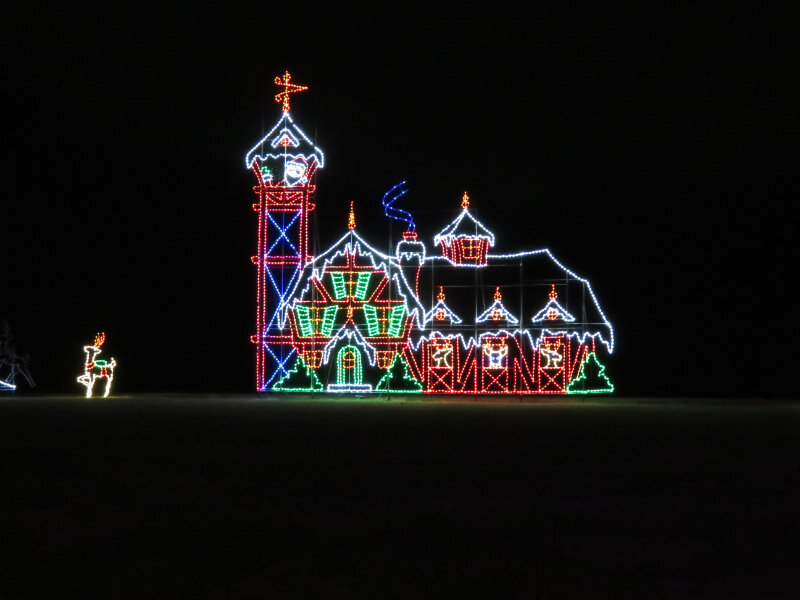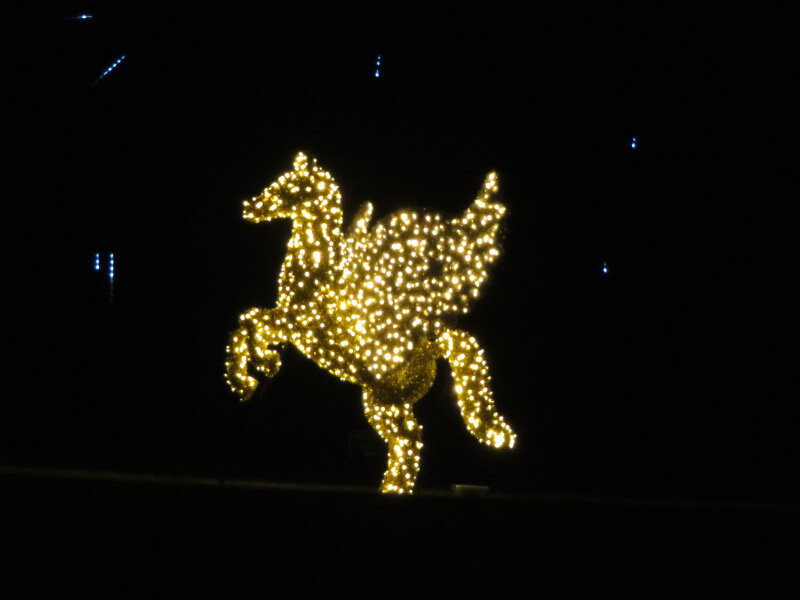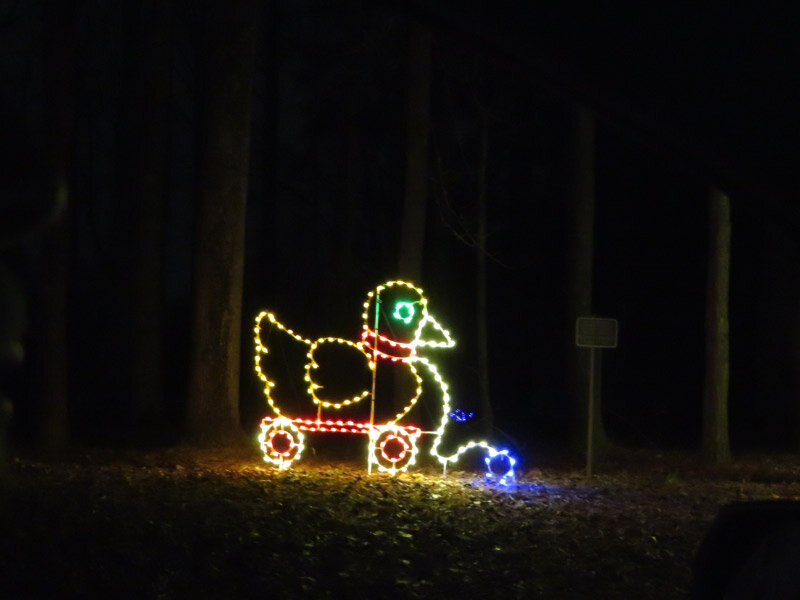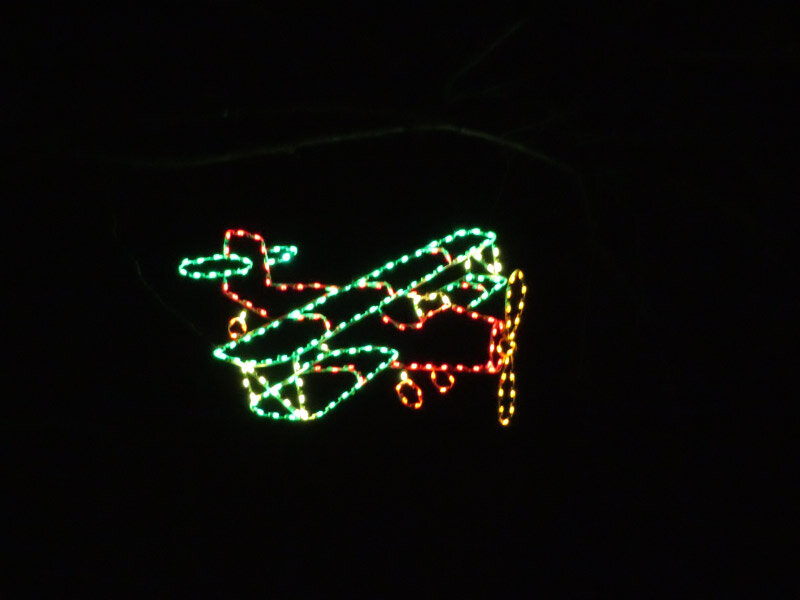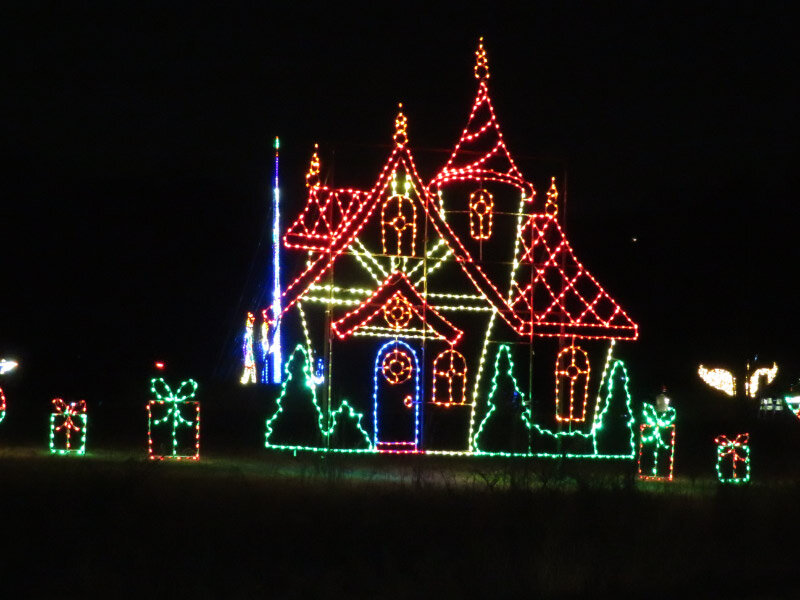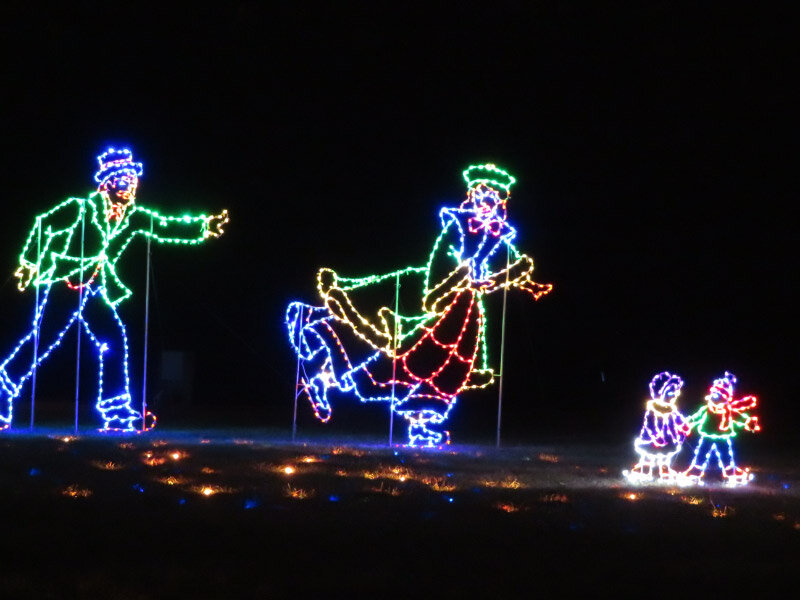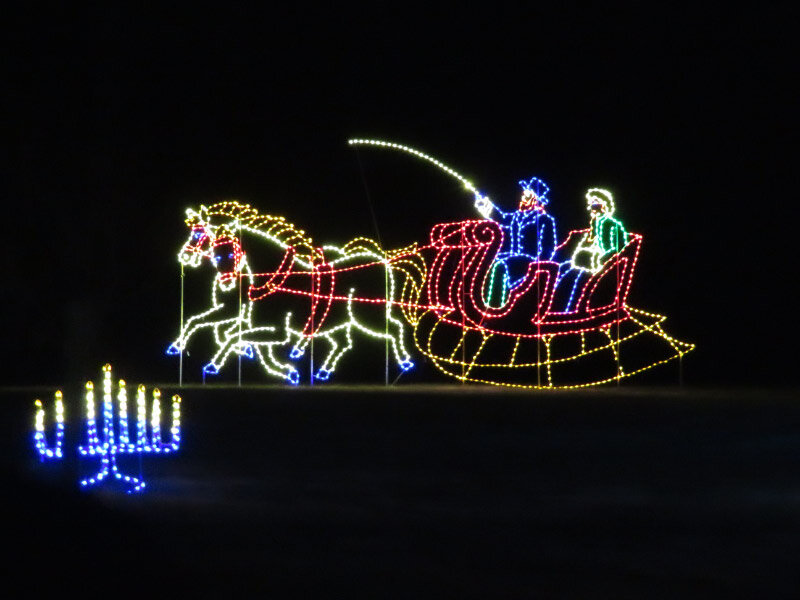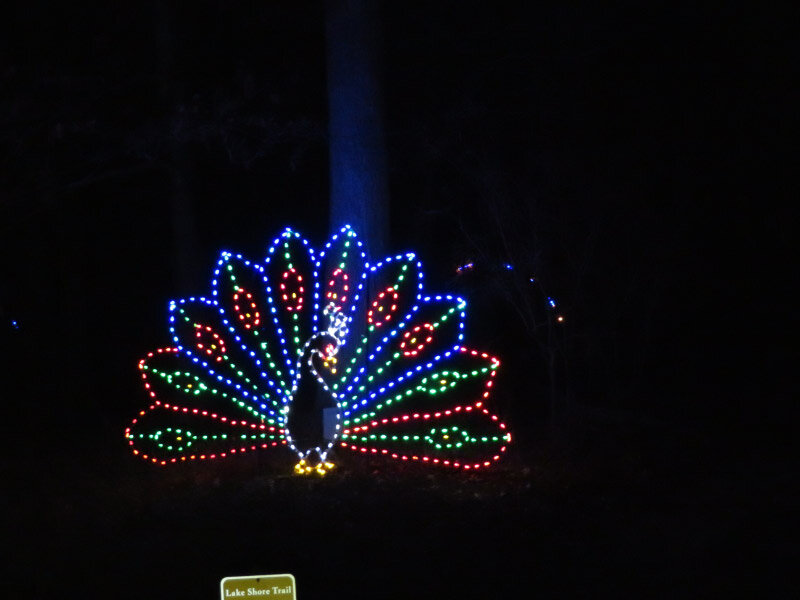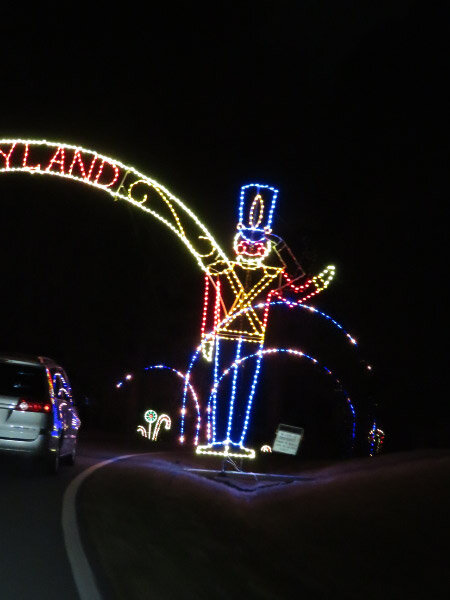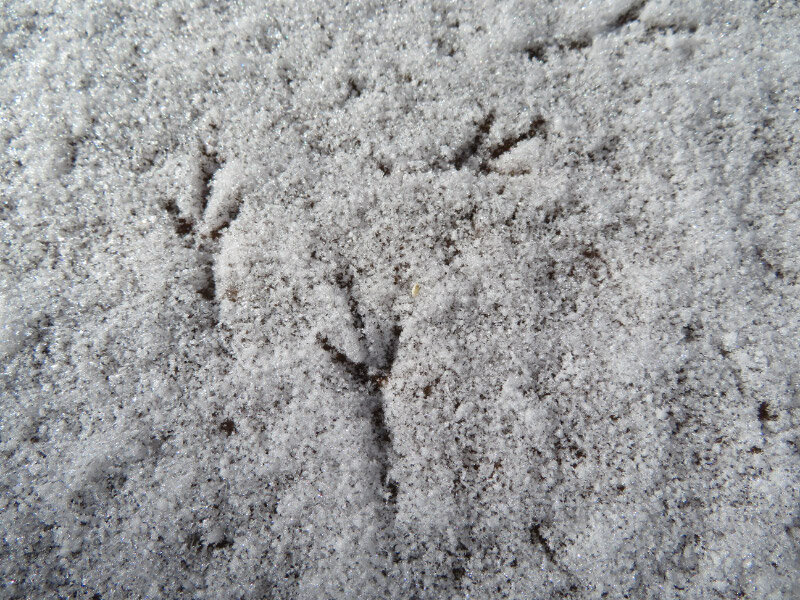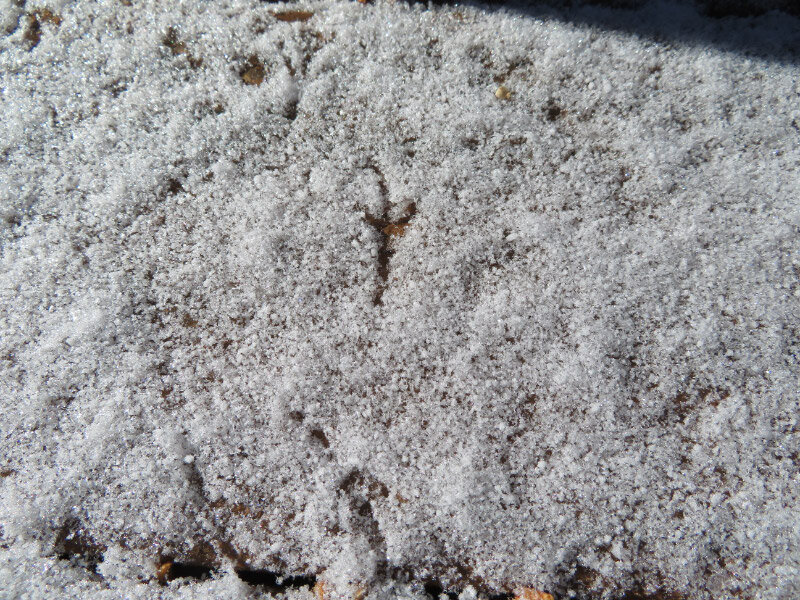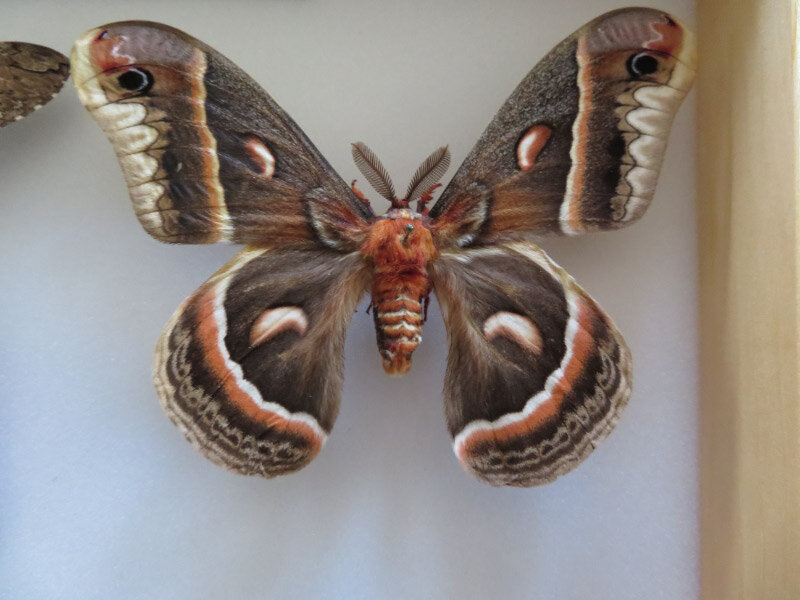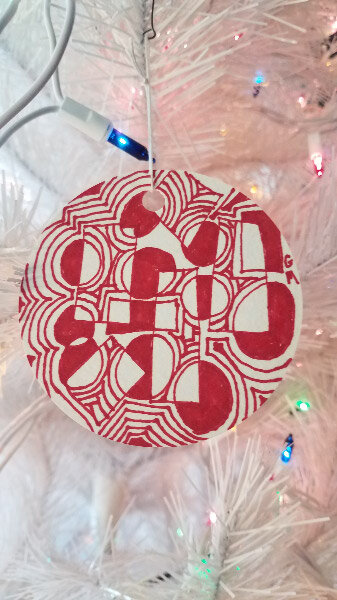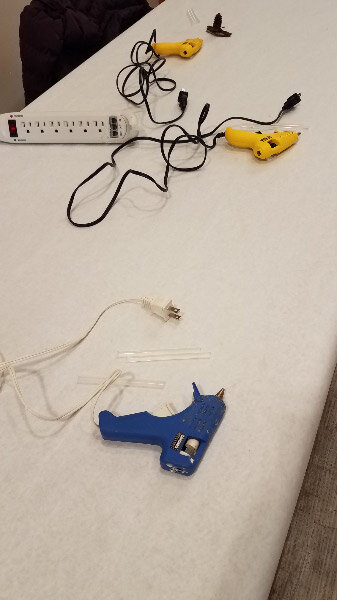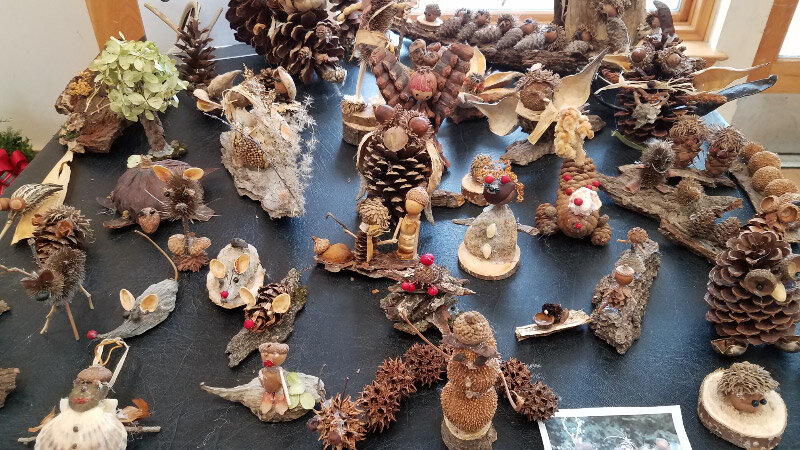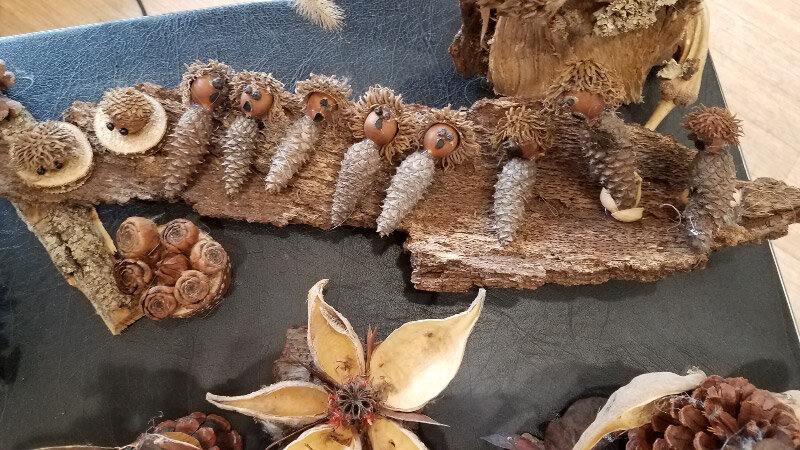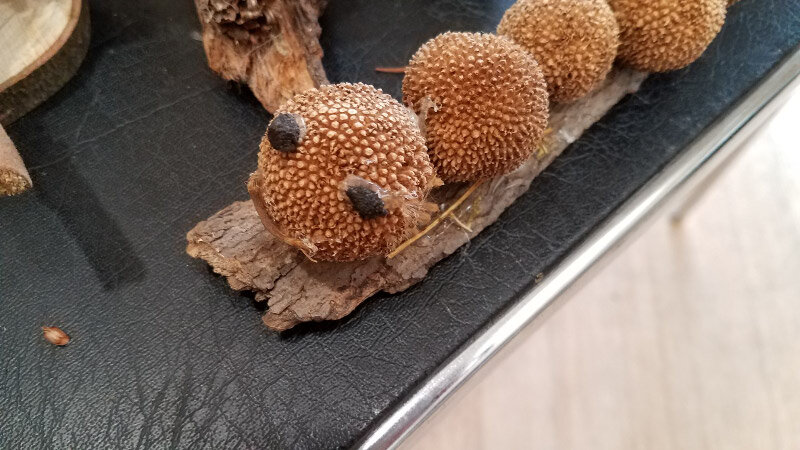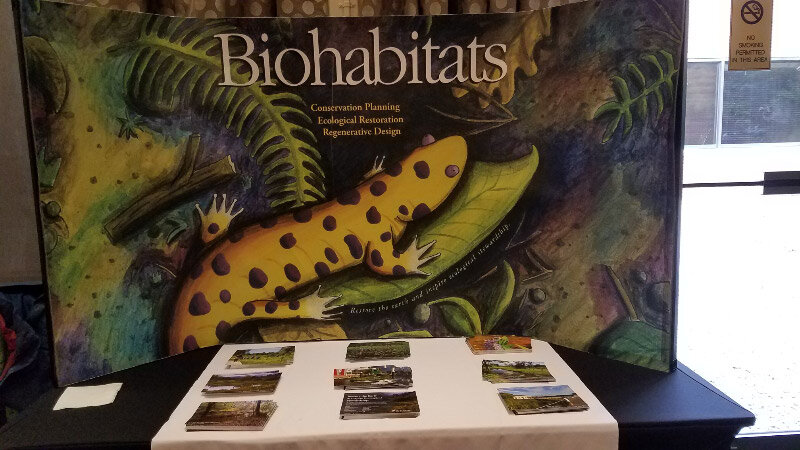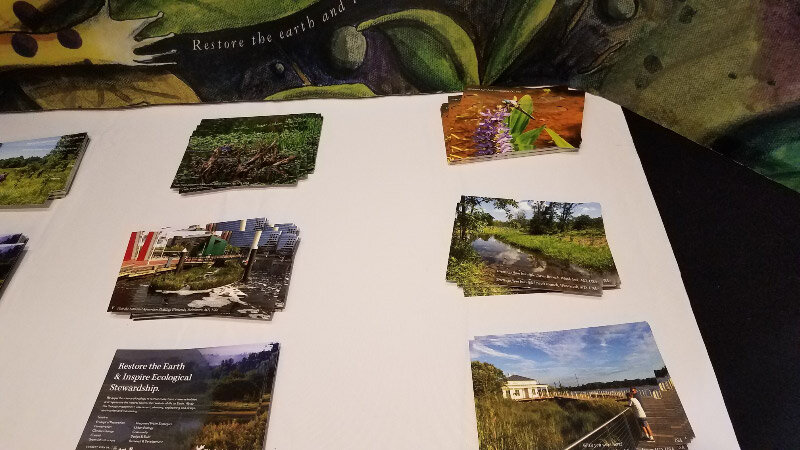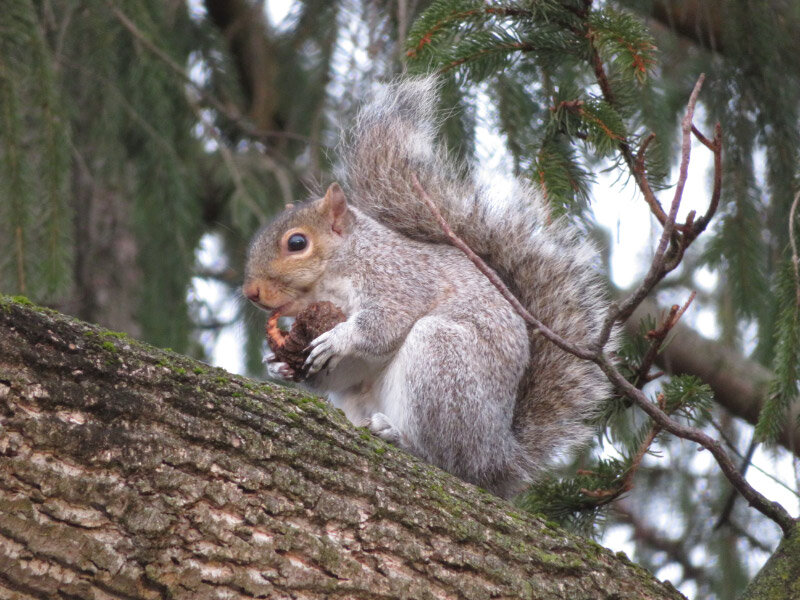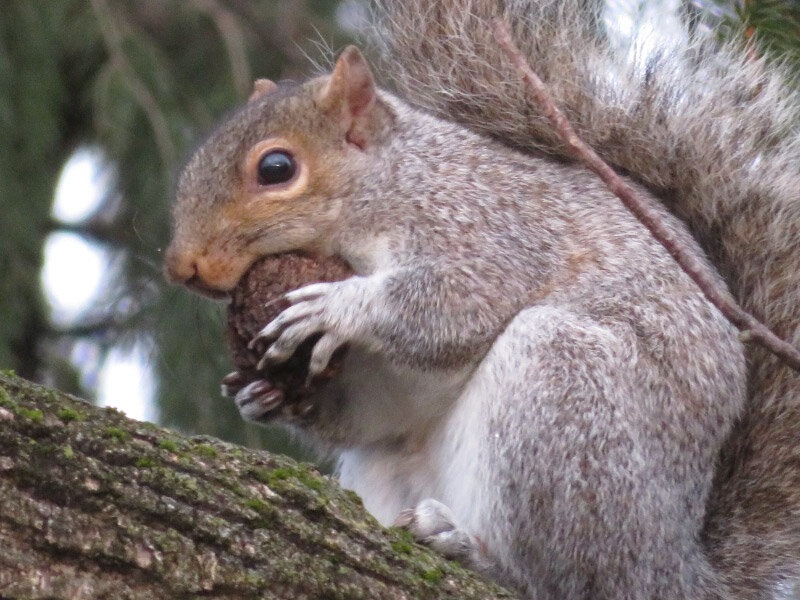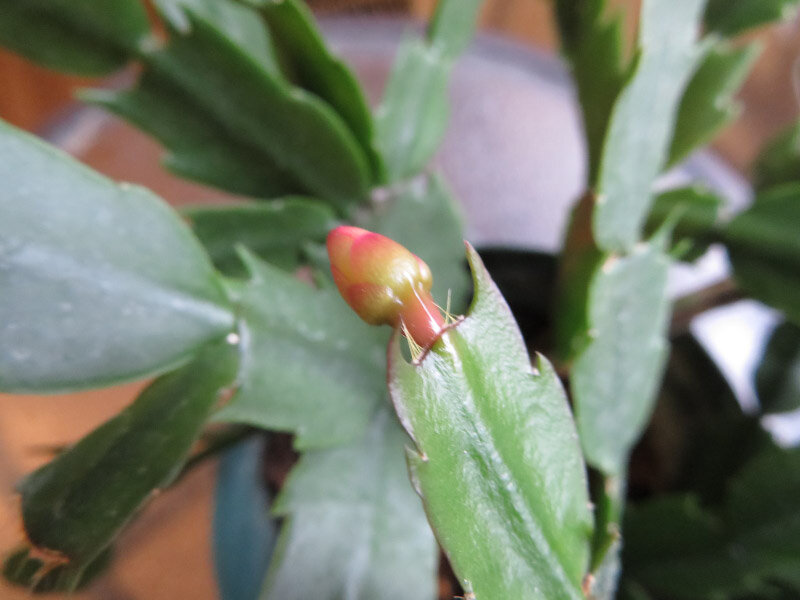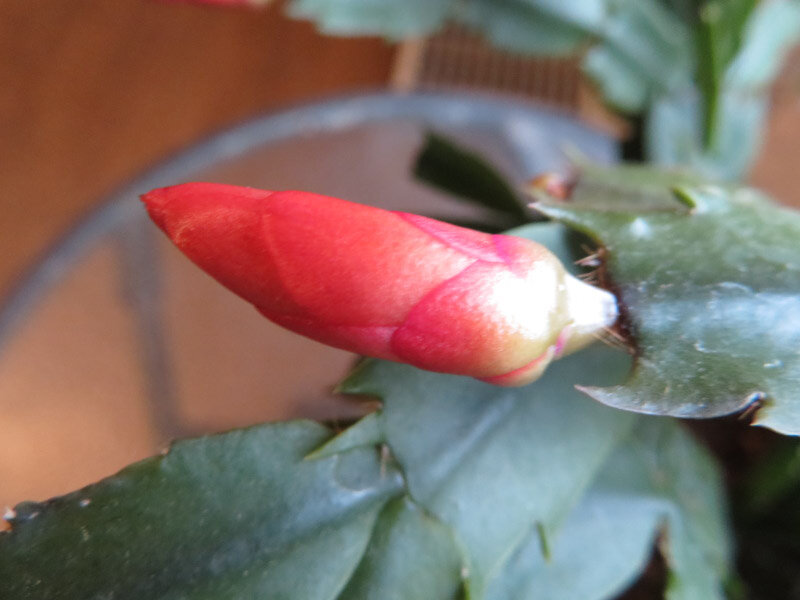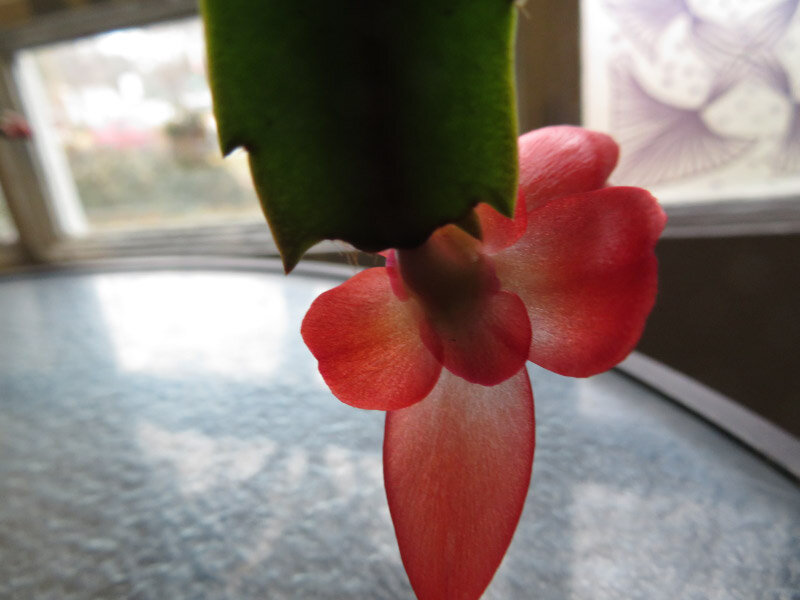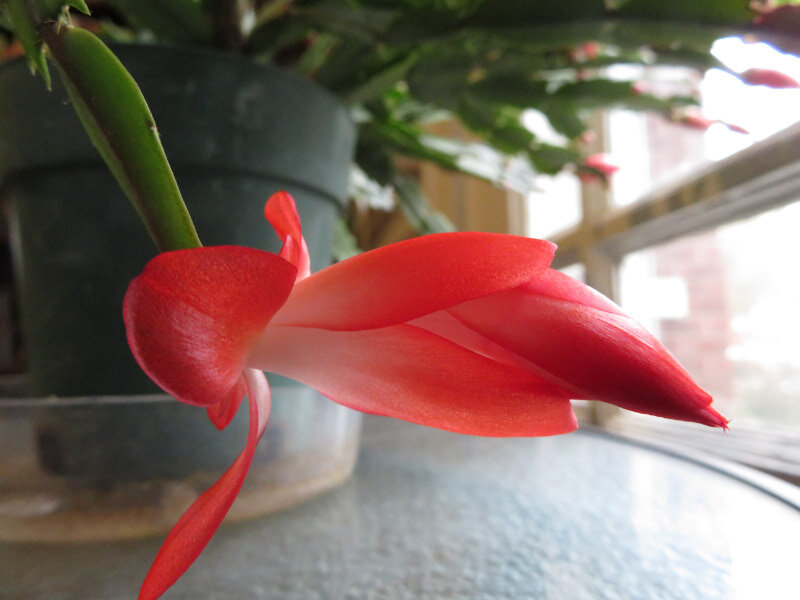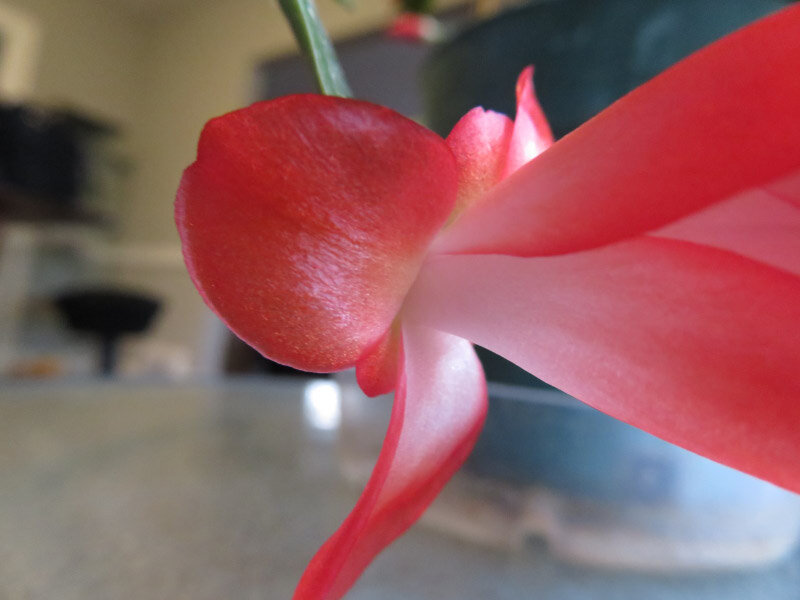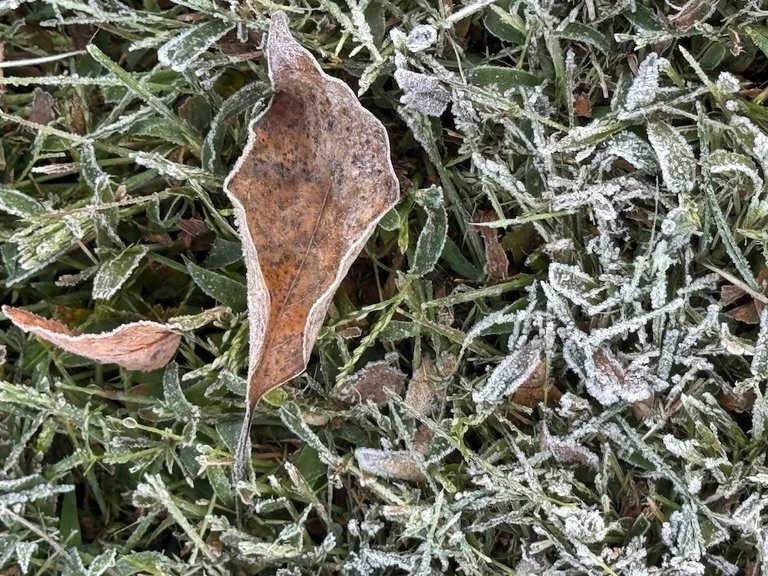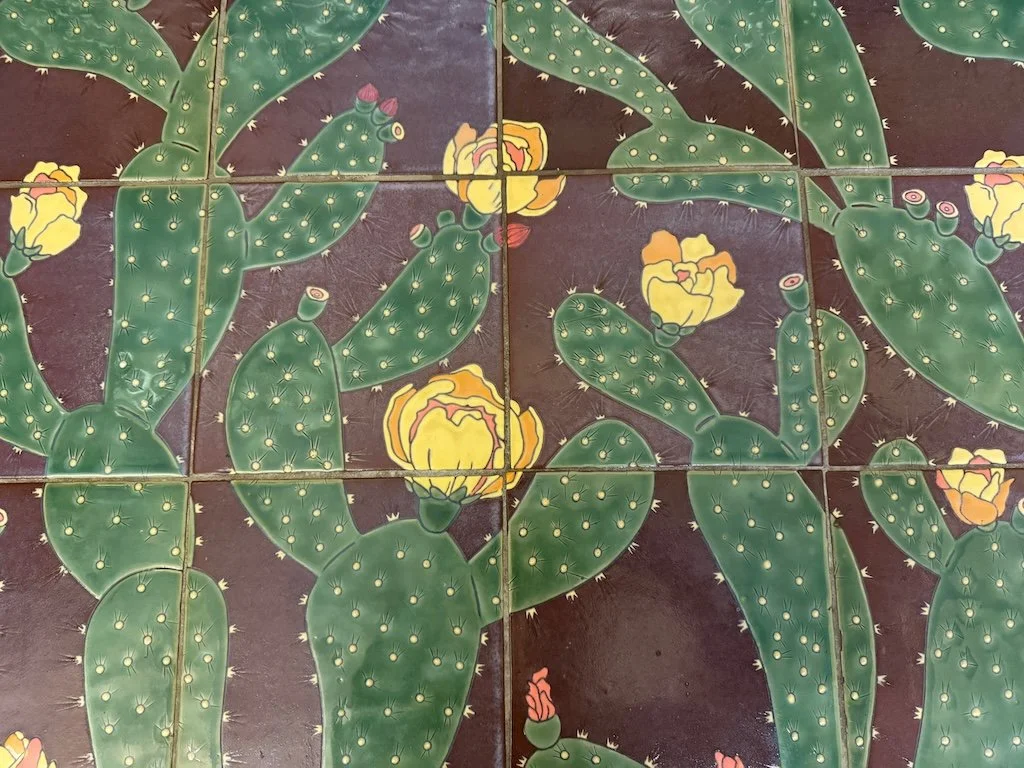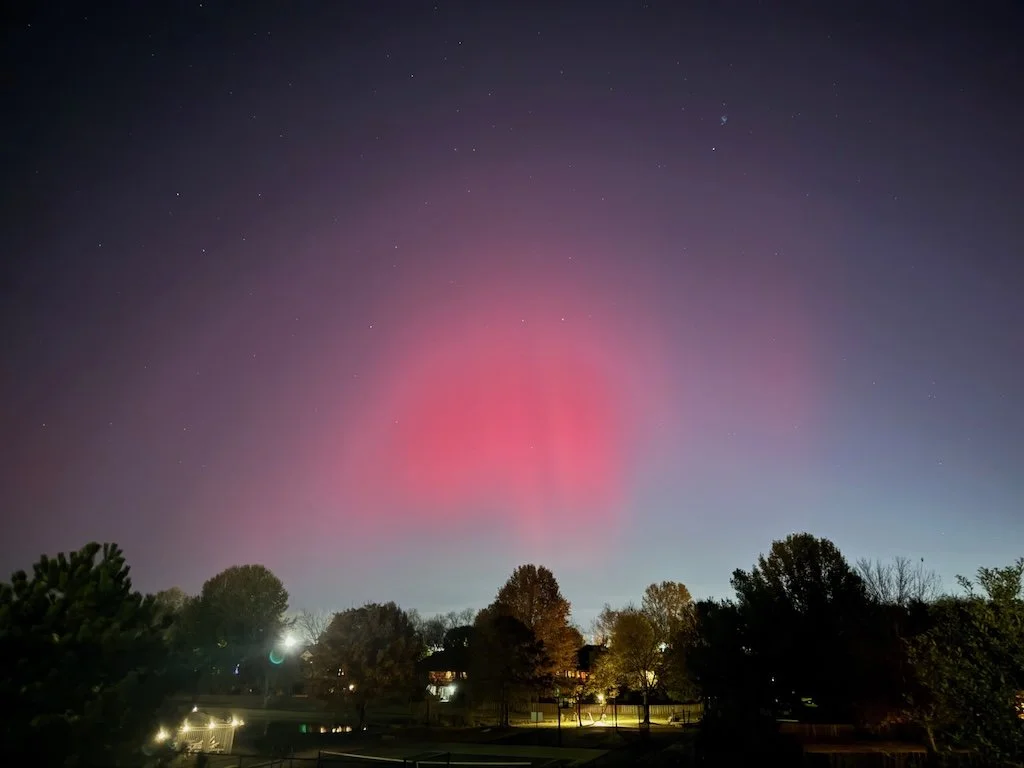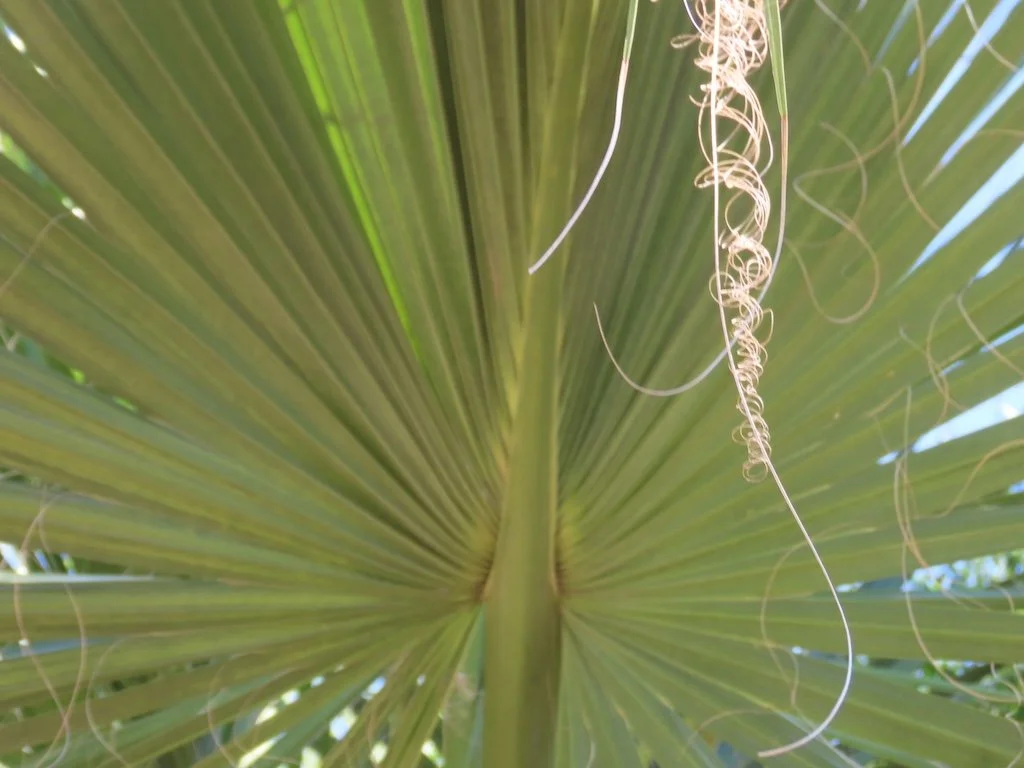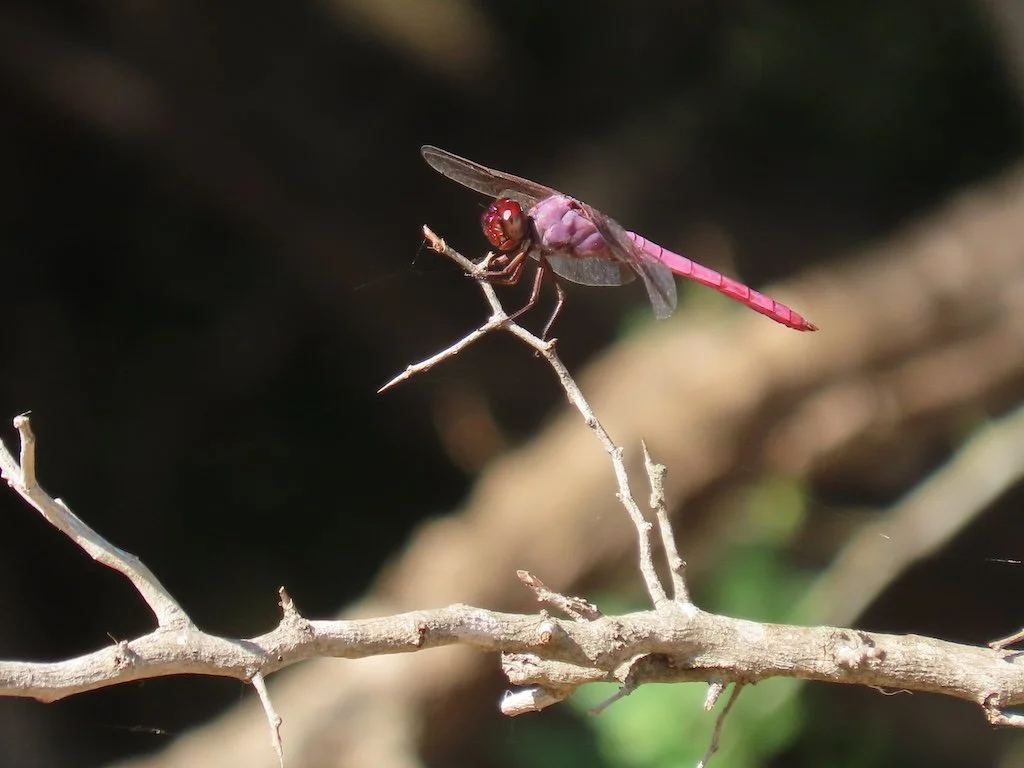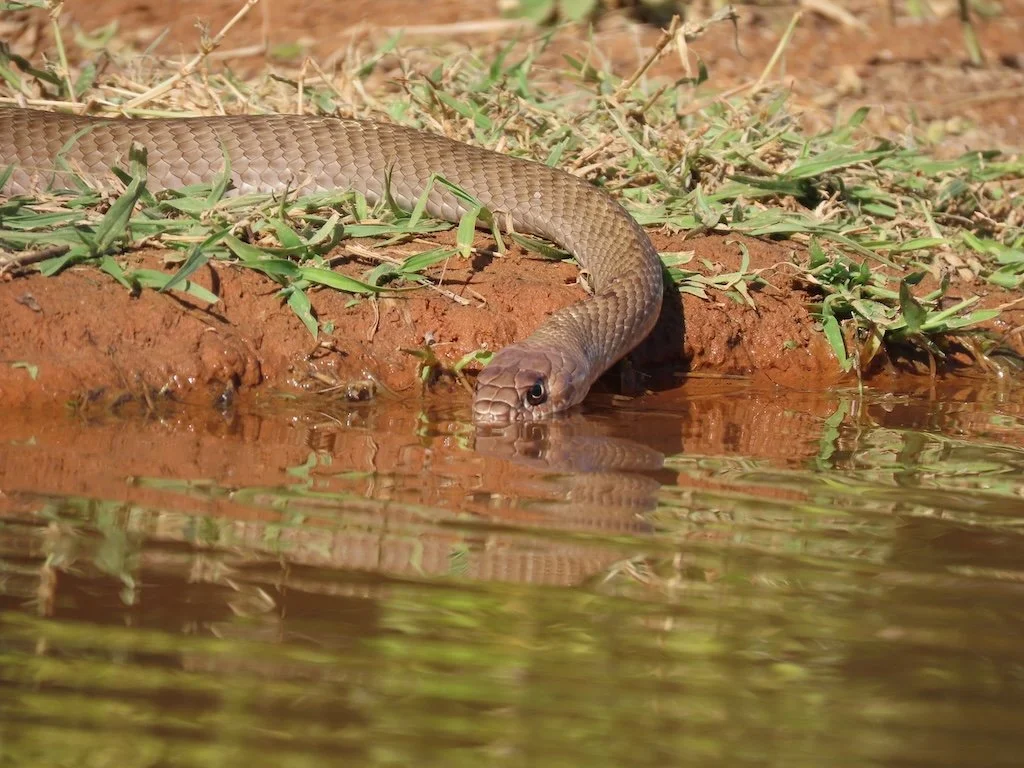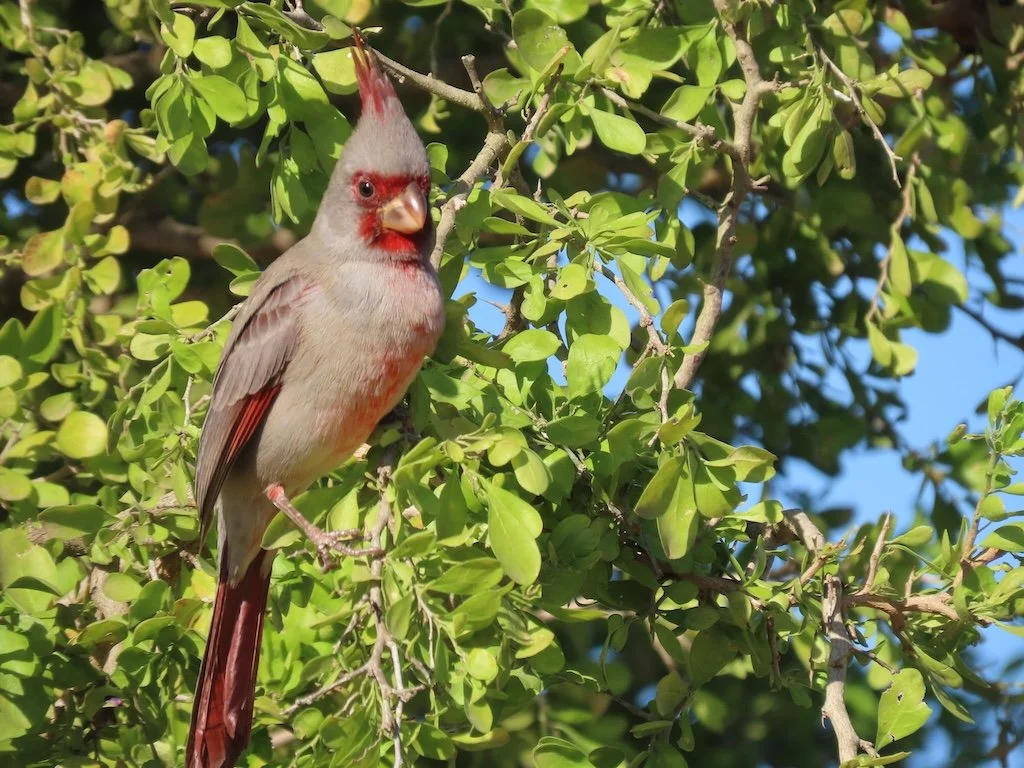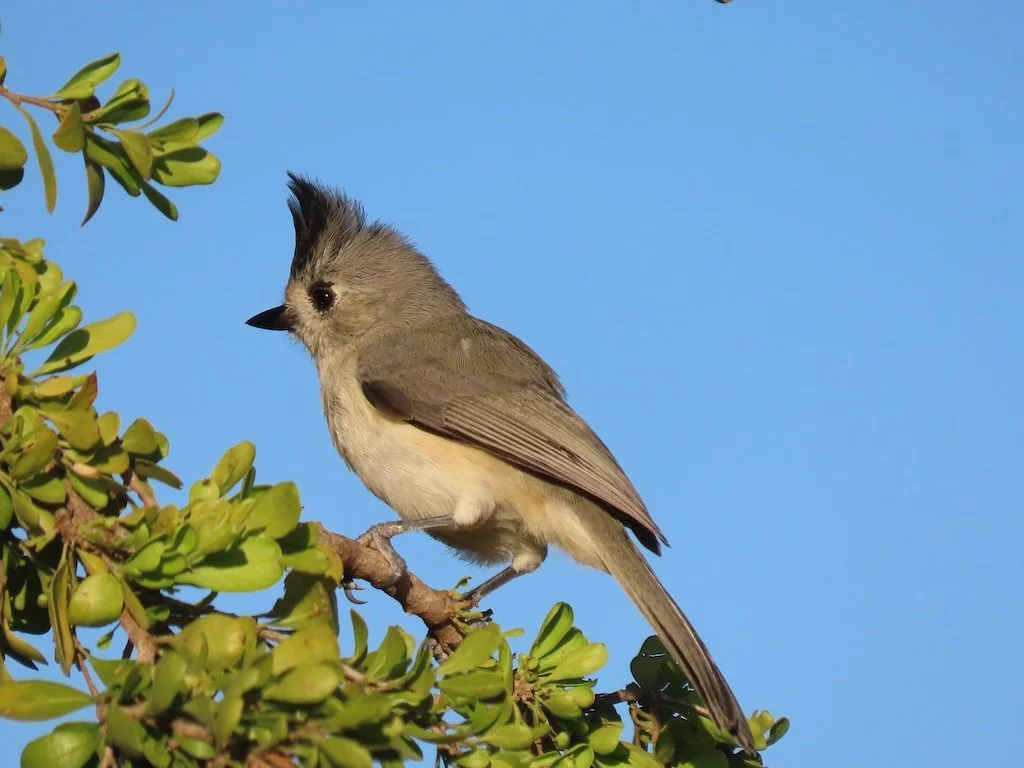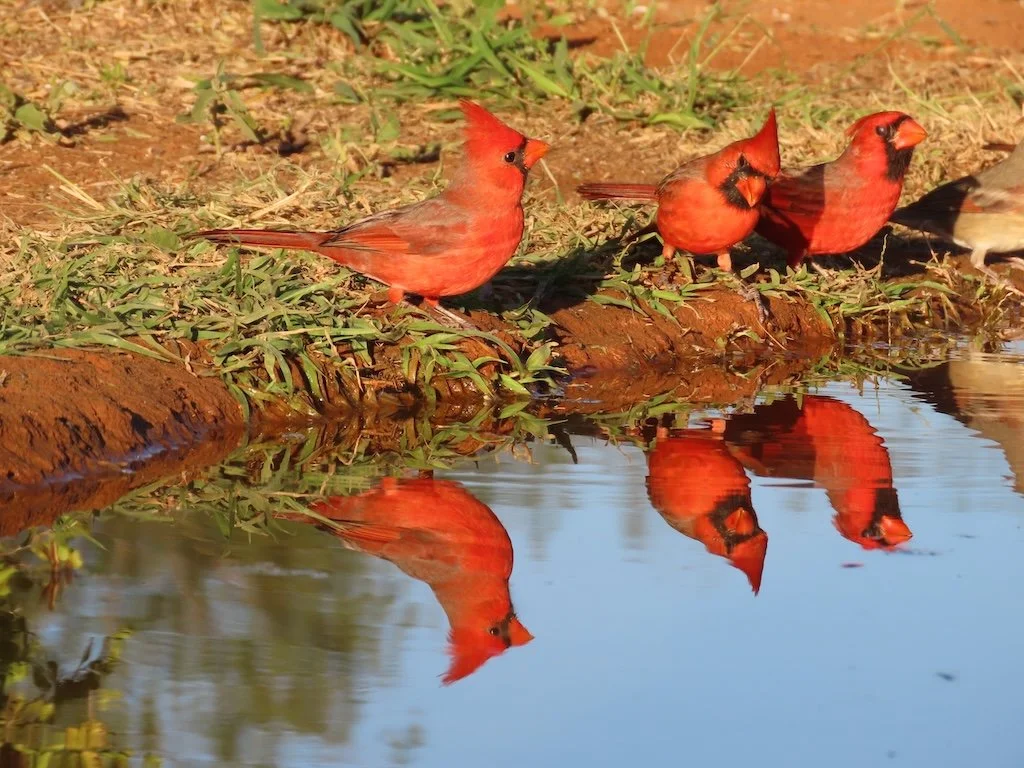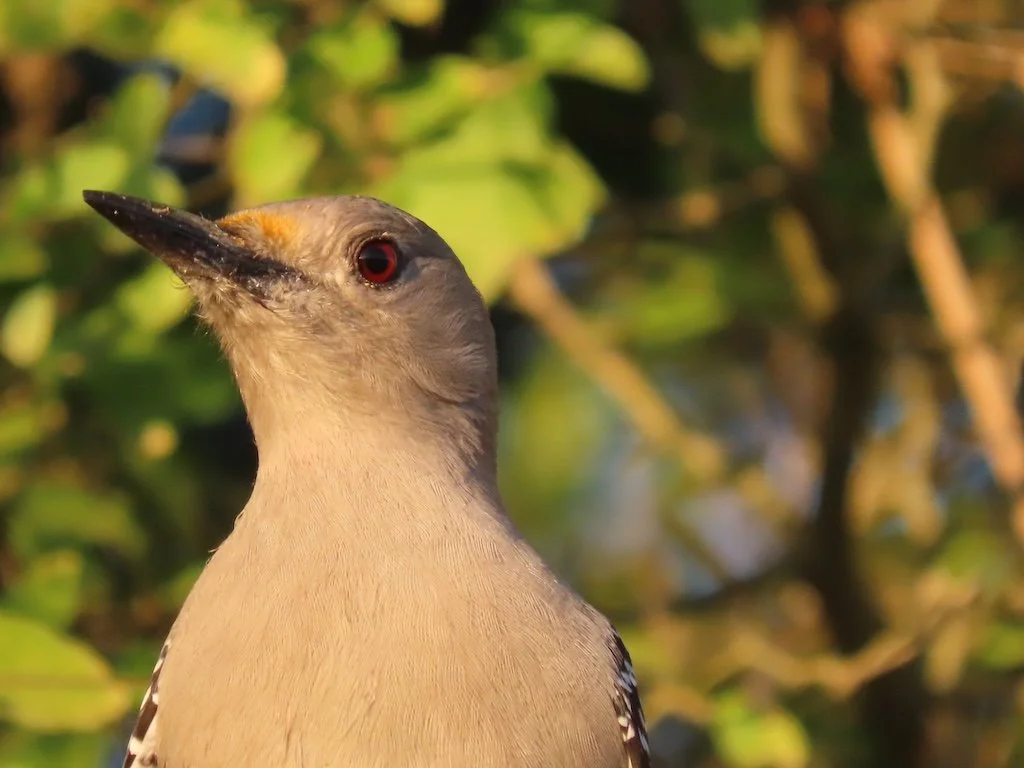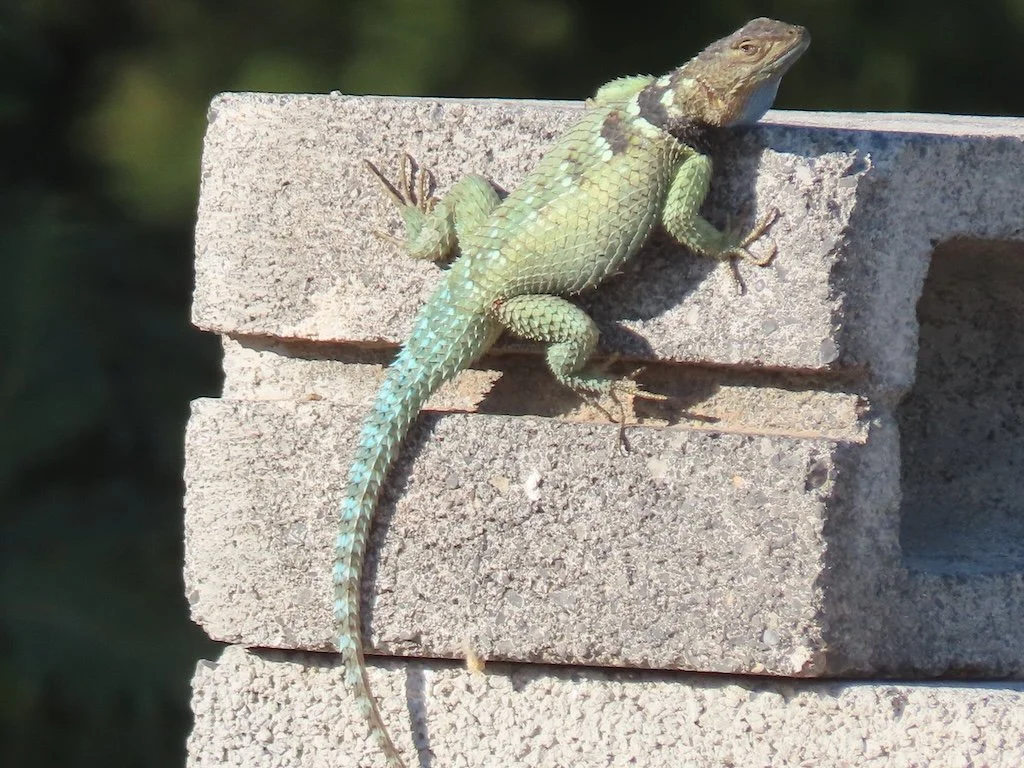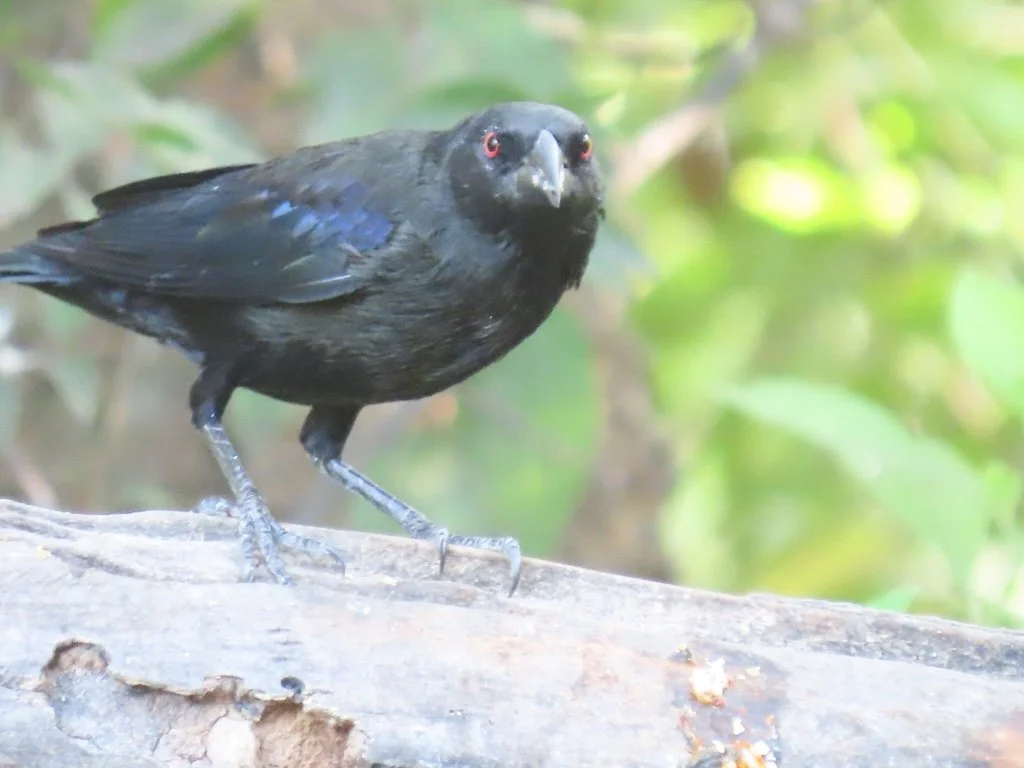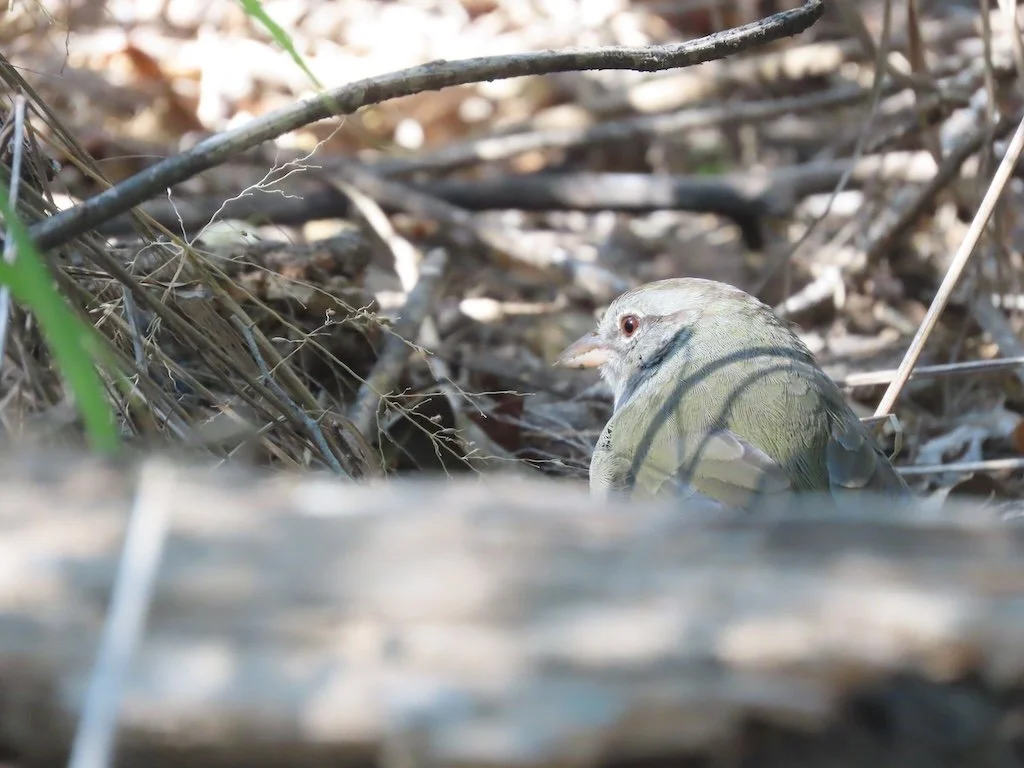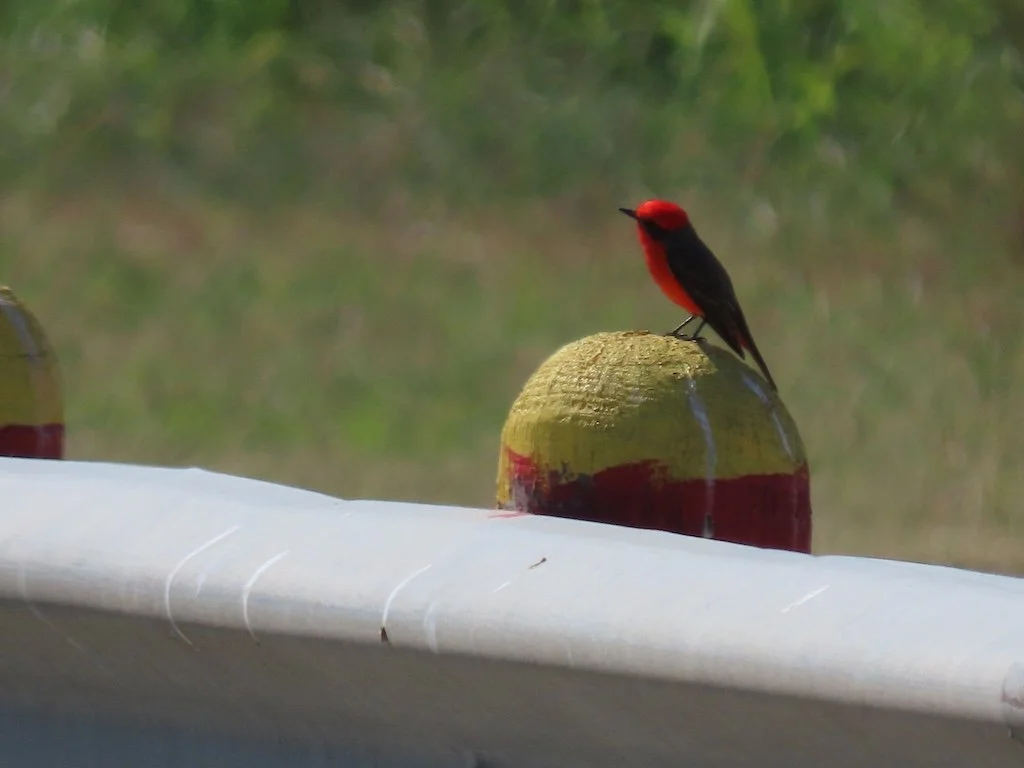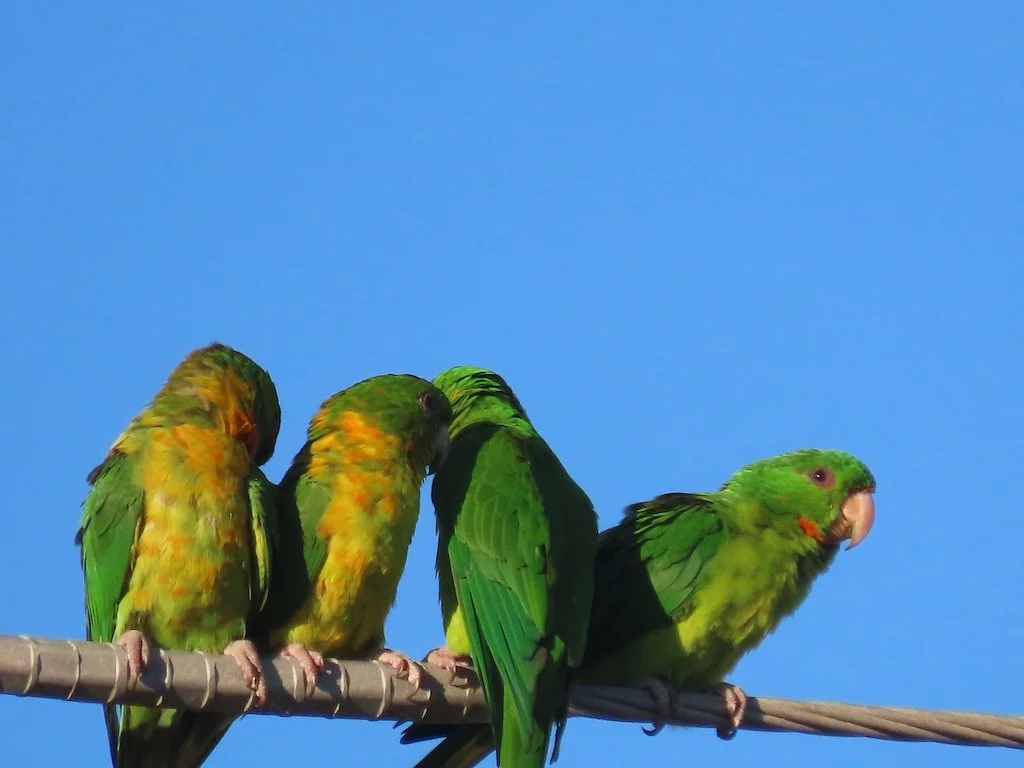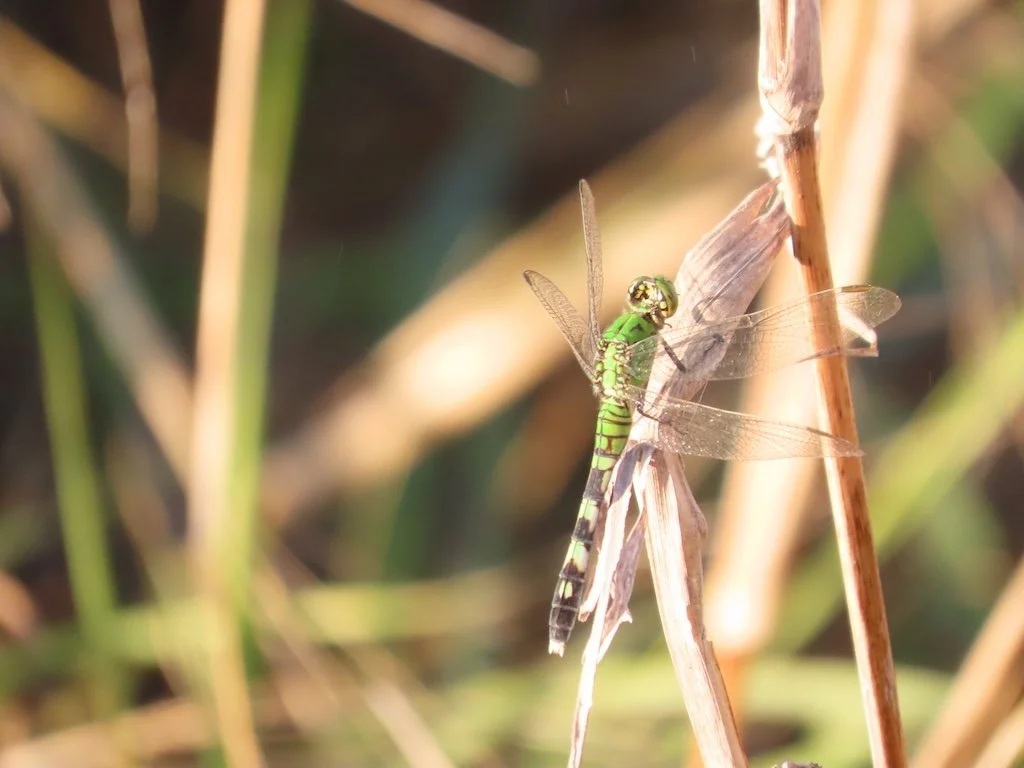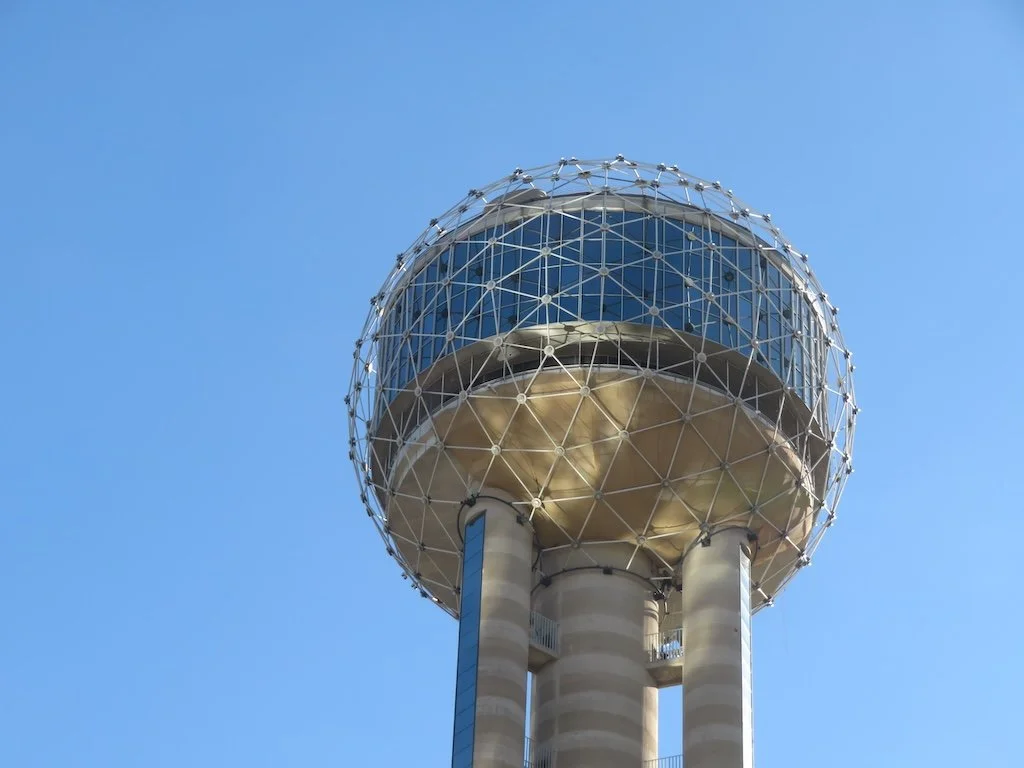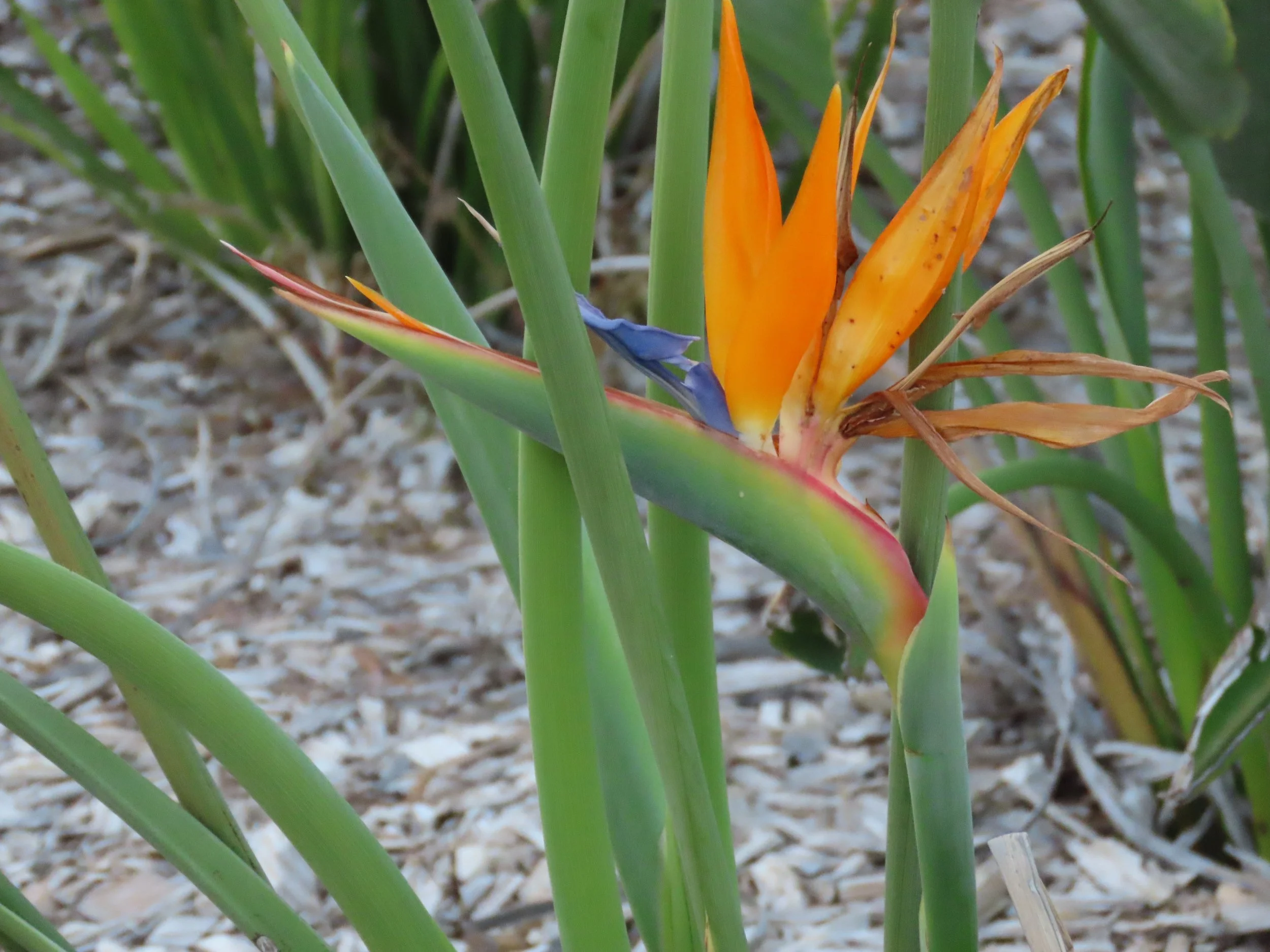The items below were ‘the cream’ of the articles and websites I found this past week. Click on the light green text to look at the article.
Red Tides Under the Microscope | The Scientist Magazine® - It’s surprising what we don’t yet know about the organism responsible for red tides – Karenia Brevis. Spanish explorers of Florida in the 15th and 16th centuries described fish kills in Gulf waters. The first official documentation was in 1882 – published in the Proceedings of the US National Museum. This article is about what we know….and where more research is needed.
The woman who reshaped maths - BBC Future – Hilda Geiringer…a refugee from the Nazis. A BBC Future column celebrating a ‘missed genius’ whose contributions are still notable in the world today.
NOAA weather balloons find no zero-ozone regions above South Pole during 2019 ozone hole season | NOAA Climate.gov – A little science…a little history…a projection. The positive message – if the trend continues, it’s estimated that the ozone layer will recover around 2070.
Abrupt shifts in Arctic climate projected: Likelihood of an abrupt increase in wildfires also noted -- ScienceDaily – With specific modeling of permafrost as it continues to degrade….it appears that the changes won’t be as gradual as previously assumed.
Lake On Bottom Of Halema‘uma‘u Crater At Hawai'i Volcanoes National Park Now Bigger Than Football Field – The lake was noticed back in July….and is being studied with instruments on drones. More information is at the National Park Service site for the park.
Top 25 Wild Bird Photographs of the Week: Wild Birds – National Geographic Society Newsroom – I always enjoy the bird photography compiled by National Geographic every week.
Offshore Wind Has the Potential to Fulfill Global Electricity Demand 18 Times Over - Yale E360 – Hurray for this potential….the transition is the challenge.
AP: At least 1,680 dams across the US pose potential risk – There is a link to an interactive map that shows where the 1,680 dams are located. The last paragraphs of the article are the most troubling. There are a lot of dams with unknown status. Roughly 45% of Texas dams are exempt from regulation…in Missouri safety inspections are only done on 650 of its more than 5,000 dams. And states that know about problematic private dams often can’t identify the owners to address the dam’s issues.
Aging in good health: The inequalities are widening -- ScienceDaily – A study with over 11 million people tracked for 25 years!
Susquehanna Sediment in the Chesapeake Bay – Imagery of big rivers and the Chesapeake Bay after a storm at the end of October…. close to where I live. On a positive note - the sediment (even after the record rains earlier this year) has not damaged the underwater grasses on the Susquehanna Flats as much as was initially feared.








